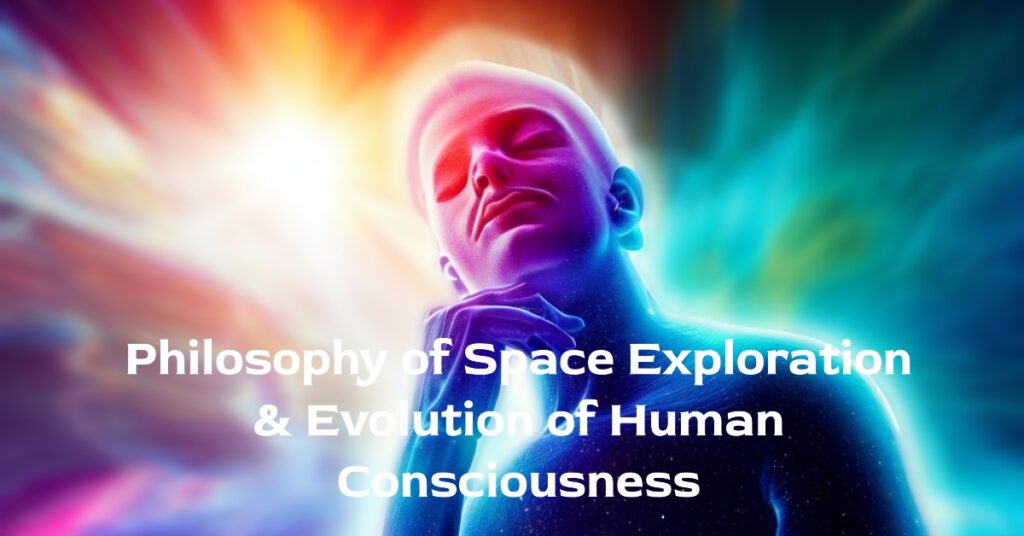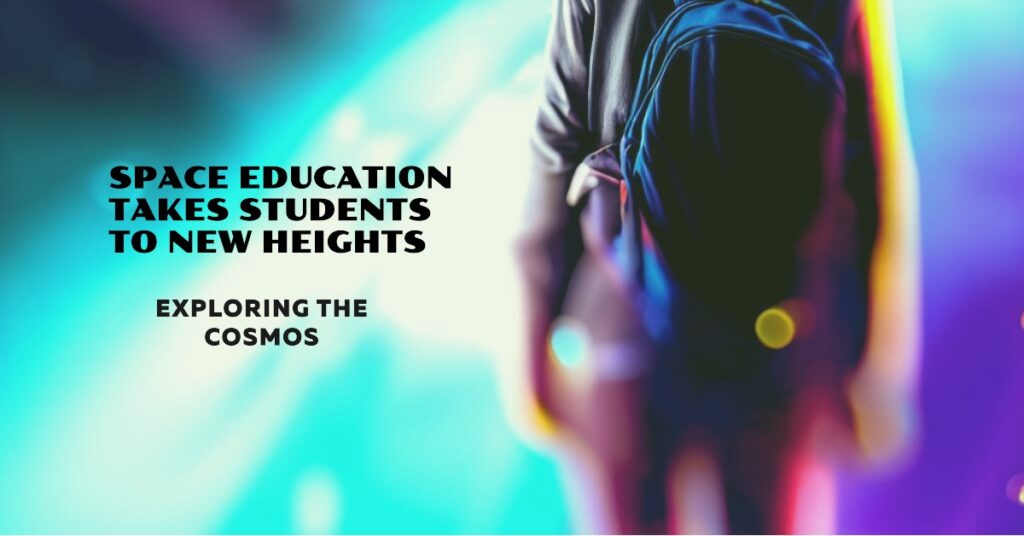The Unseen Impact of Space Exploration on Wildlife and Habitats
The History of Space Exploration: A Brief Overview
Space exploration has been an exciting and innovative field that has taken humanity to new frontiers. Ever since the Soviet Union launched Sputnik 1 in 1957, space exploration has become an integral part of global politics and scientific research.
NASA was established in 1958 with a mission to explore outer space and conduct cutting-edge research in the field. Since then, humanity has made incredible strides in space exploration, from landing on the Moon to sending probes to Mars.
But what has been the impact of space exploration on Earth? The answer is complex and multifaceted.
While it has brought us countless technological advancements and scientific discoveries, it has also left its mark on our planet’s environment. As we continue to launch rockets into orbit and beyond, we must consider how this affects Earth’s wildlife and natural habitats.
The Impact of Space Exploration on Earth: A Closer Look
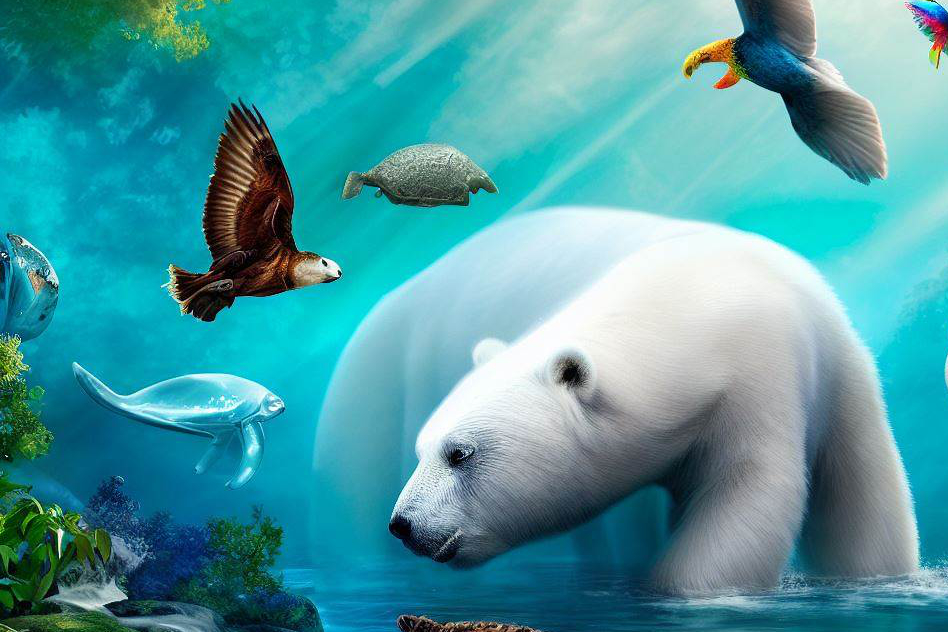
While space exploration may seem like a distant concept, its impact can be felt right here on Earth. Satellites play a crucial role in modern communication systems, weather forecasting, navigation services, and security monitoring systems.
But these satellites come at a cost to wildlife habitats; they can disrupt animals’ communication patterns by creating electromagnetic noise that interferes with birds’ magnetic compasses or disorientates sea turtles when migrating towards their nesting grounds. Rocket launches are another major contributor to environmental damage caused by space exploration activities.
Launch sites need wide-open spaces for safety reasons; however, these spaces are often in close proximity to endangered species’ habitats, such as Florida’s beaches, where sea turtles nest each year. Launches not only scare away wildlife but also cause physical damage from debris falling back onto land or waterways.
Why It Is Important To Study Space Exploration’s Impact on Wildlife and Natural Habitats
While space exploration offers a host of benefits, its impact on the environment cannot be ignored. Understanding how space exploration affects wildlife and natural habitats can provide valuable insights into how we can minimize its negative impacts. By studying the effects of space activities on Earth, we can develop new technologies and practices that are more sustainable for our planet’s ecosystems.
This research is particularly important given the growing interest in commercial space tourism, which is expected to increase in popularity over time. With more private companies entering the industry, it is essential to consider the environmental impact of these activities before it’s too late.
While space exploration has brought us many benefits, we must also acknowledge its impact on our planet. Studying its effects on wildlife and natural habitats will help us find ways to mitigate these negative impacts while continuing to explore what lies beyond our planet’s atmosphere.
The Positives: Satellite Imagery for Ecosystem Monitoring

One of the biggest benefits of space exploration for animals and their habitats is the use of satellite imagery to monitor and conserve ecosystems. With satellites, researchers can observe changes in land cover, vegetation growth, and water availability.
By analyzing this data, they can identify areas at risk for environmental degradation or study patterns that could help mitigate future damage. Satellites have also been used to monitor areas that are difficult to access on foot or by vehicle.
For example, researchers studying polar bears in the Arctic can use satellite imagery to track changes in sea ice thickness and extent. This information helps them understand how climate change is impacting the bears’ habitat.
Tracking Animal Migration Patterns
Another positive impact of space exploration on wildlife is the development of technologies for tracking animal migration patterns and behavior. Tags equipped with GPS technology can be attached to animals like birds or marine mammals, allowing researchers to track their movements over long distances.
This information helps scientists understand where animals go during different seasons, what routes they take when migrating, and how they interact with other species along the way. This knowledge has important implications for conservation efforts because it allows conservationists to identify key habitats that need protection.

Remote Sensing Techniques: Discovering New Species
Remote sensing techniques have led to some exciting discoveries of new species that were previously unknown. By analyzing satellite images or aerial photographs, scientists can identify areas with unique biodiversity hotspots that may not have been explored before.
For example, a team using Google Earth discovered a previously unknown forest elephant population in an area of Africa where elephants had not been seen before. Another group identified a new species of frog in Panama using aerial photographs.
While there are challenges associated with space exploration’s impact on wildlife and natural habitats; It has also yielded many positive outcomes such as advances in satellite technology, the ability to track and study animal migration patterns and even the discovery of new species. By continuing to use these tools responsibly, we can continue to learn more about our planet’s ecosystems and protect them for generations to come.
The Dark Side of Space Exploration
Space exploration has brought about a lot of technological advancements and scientific discoveries that have helped us understand the universe around us. However, it has also had negative impacts on wildlife and natural habitats. Here are some of the ways in which space exploration has caused harm:
Space debris and its effects on ecosystems
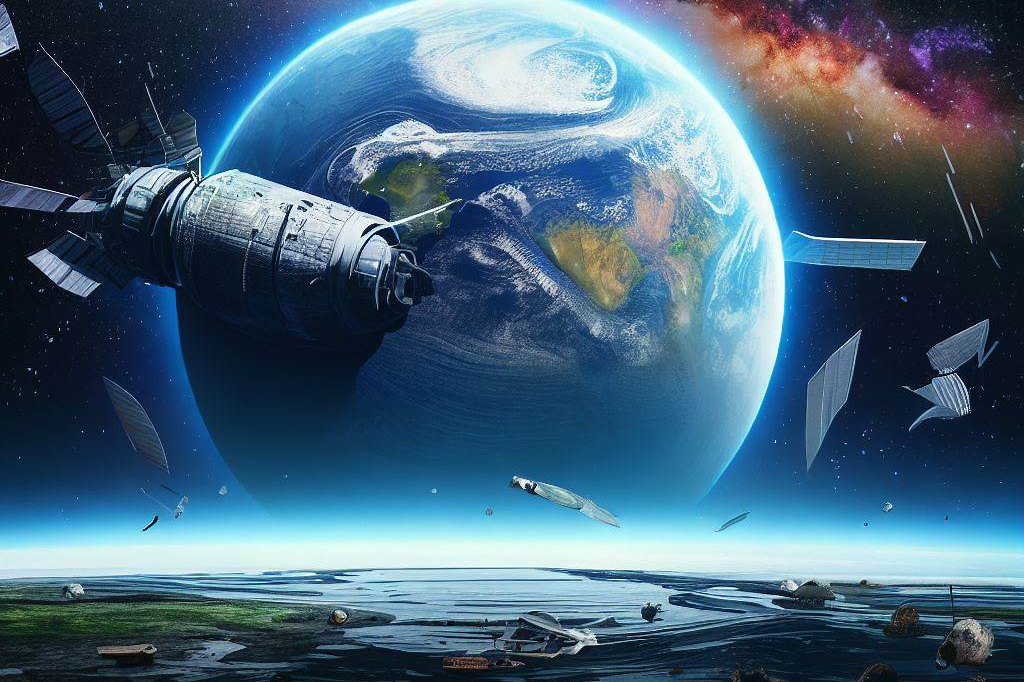
One of the most significant negative impacts of space exploration is the amount of debris it produces. Satellites, rockets, and other spacecraft generate a lot of space debris as they orbit above Earth, including spent rocket stages, defunct satellites, and discarded fragments from collisions or explosions. This debris can fall back to Earth and cause damage to ecosystems in various ways.
For example, when satellites re-enter Earth’s atmosphere and disintegrate, they release toxic materials such as hydrazine fuel that can contaminate soil and water sources. Space debris can also pose a physical threat to wildlife by causing injuries or even death if animals ingest or get entangled in these objects.
Light pollution disrupting nocturnal animals’ behavior
Another way in which space exploration harms wildlife is through light pollution. Artificial light sources from cities often disrupt nocturnal animals’ behavior by altering their natural cycles. However, space-based technologies such as satellite constellations are also contributing to light pollution.
These satellites reflect sunlight at night, causing bright streaks across the sky that affect nocturnal animals like birds and bats that rely on darkness for navigation. The increasing number of satellites launched for communication services could lead to significant changes in animal behavior patterns around the world.
Noise pollution affects animals’ communication and migration patterns
Noise pollution is another concern associated with space exploration. Rockets generate high levels of noise when they launch into orbit or return to Earth’s surface. This noise can have detrimental effects on wildlife by disrupting their communication and migration patterns.
For example, whales and dolphins rely on sound to navigate and communicate with each other, but excessive noise can cause hearing damage or disrupt their ability to find food. Similarly, migratory birds rely on sound to navigate long distances through the air, but noise pollution can interfere with their sense of direction and cause them to become lost.
Overall, while space exploration offers many benefits for humans, it is essential to consider its impact on wildlife and natural habitats. Taking steps to mitigate negative impacts can help us strike a balance between scientific progress and ecological conservation.
Case studies: Examples of how space exploration has impacted wildlife and natural habitats
The impact of rocket launches on sea turtle nesting grounds in Florida
Space launches have been a regular occurrence at Florida’s Cape Canaveral since the 1950s. However, not many people know about the devastating effects that rocket launches have on local wildlife. One of the most impacted species is the loggerhead sea turtle, whose nesting areas are located near the launch site.
The bright lights and loud noises from the rockets can confuse these turtles, resulting in them heading in the wrong direction or abandoning their nests altogether. In 2018, a study was conducted by NASA and NOAA to understand how rocket launches impact sea turtles’ behavior.
The results revealed that there was a significant decrease in nesting success rates during launch events as compared to non-launch days. This highlights how crucial it is for space agencies to take measures to protect endangered species while carrying out space missions.
The effects of satellite communications on migratory bird navigation
Satellite communication technology has revolutionized our ability to connect with people all around the globe at any time. But did you know that it may also be causing harm to migratory birds?
Research has shown that some bird species rely heavily on Earth’s magnetic field as a compass to navigate their migration routes. However, this magnetic field can be disrupted by signals from satellites orbiting above.
A recent study conducted by German researchers showed proof that electromagnetic radiation emitted from mobile phone towers caused disorientation among European robins who were traveling towards their breeding grounds during their annual migration period. This research raises concerns about how satellite technology could affect not only birds but other animals that rely on the Earth’s magnetic field for navigation.
The discovery of a new species through satellite imagery in the Amazon rainforest
While some aspects of space exploration can pose risks to wildlife, it can also provide valuable insights into the natural world. In 2017, a new species of poison dart frog was discovered in the Amazon rainforest through satellite imagery. Scientists had been studying the region’s vegetation cover to identify areas of high biodiversity when they stumbled upon a patch of forest that was different from its surroundings.
After conducting fieldwork, scientists confirmed that this area was home to a new species of frog that had eluded discovery for centuries. This shows how technologies such as satellite imagery can help map out and conserve biodiversity hotspots that may otherwise be overlooked by traditional methods.
While space exploration has undoubtedly brought incredible advancements in science and technology, it is essential to consider its wider impact on our planet’s wildlife and natural habitats. The three case studies above highlight the importance of responsible practices in space exploration to minimize negative impacts while maximizing positive ones.
Balancing the Benefits and Drawbacks
The Importance of Continued Research to Minimize Negative Impacts while Maximizing Positive Ones
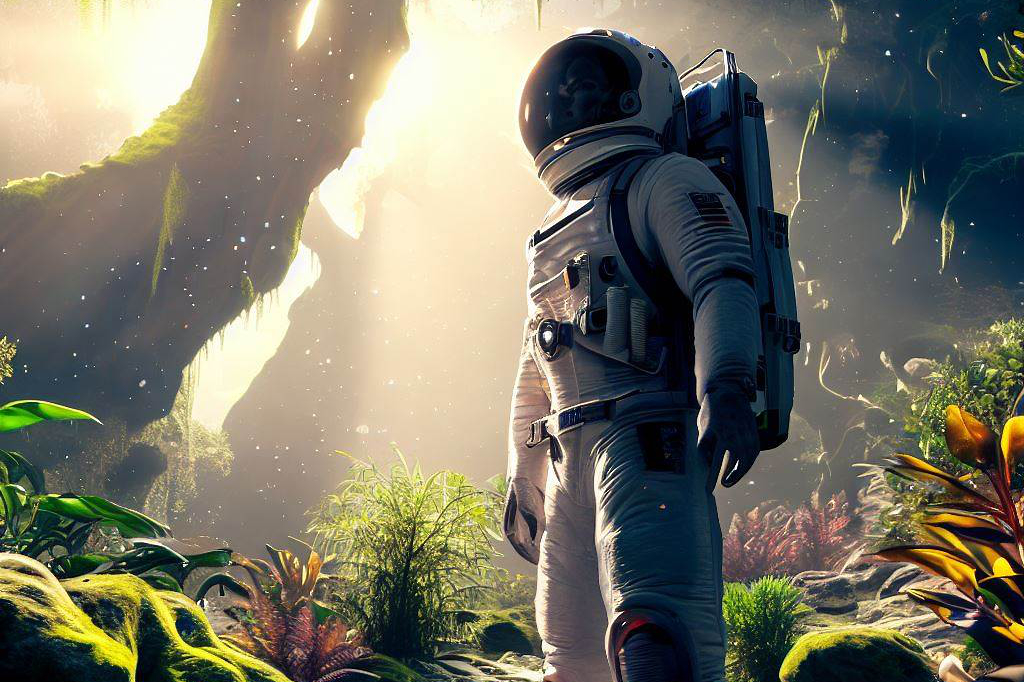
As we have seen, space exploration has both positive and negative impacts on wildlife and natural habitats. While it has led to significant advancements in monitoring and conserving ecosystems, it has also caused disruptions to animal behavior through noise and light pollution, as well as debris from rocket launches.
To minimize negative impacts while maximizing positive ones, continued research is necessary. This means exploring ways to reduce space debris through better waste management practices, developing technologies that minimize noise pollution during launches and operations, and finding ways to reduce light pollution without compromising astronaut visibility.
Furthermore, research should continue into how satellite imagery can be used to monitor ecosystems more effectively. As remote sensing technologies improve, we may discover new ways to study animal behavior without disturbing their natural habitats.
Responsible Practices in Space Exploration to Protect Our Planet’s Biodiversity
It is crucial that space exploration be conducted in a responsible manner that protects our planet’s biodiversity. This means developing sustainable practices that minimize harm while still allowing us to reap the benefits of space exploration.
One way this could be achieved is through partnerships between government agencies, private companies, and conservation organizations. By working together, we can develop policies that balance the needs of all stakeholders, including those living creatures whose habitats are being impacted by our exploration activities.
Another way is by raising awareness among the public about the importance of responsible space exploration practices. Through education campaigns aimed at schools and communities worldwide, we can help people understand the benefits of exploring space while also inspiring them to take action towards preserving our planet’s natural resources.
The impact of space exploration on wildlife and natural habitats is complex but not insurmountable. With continued research into minimizing negative impacts while maximizing positive ones and a commitment to responsible practices, we can ensure that space exploration benefits not only humanity but also the planet we call home.
Referenced in the above article:
- NASA (National Aeronautics and Space Administration) – https://www.nasa.gov
- NOAA (National Oceanic and Atmospheric Administration) – https://www.noaa.gov

C M, a seasoned editor, journalist, and consultant, is deeply fascinated by the convergence of technology, space, and the future of humanity.
With a particular interest in transhumanity, futurology, and the philosophical and ethical dimensions of these domains, C M serves as the lead contributor to SpaceSpotlight and TranscendSphere.
When not penning insightful articles on these rapidly evolving fields, C M indulges in their love for podcasts and books, proudly embracing their status as a ‘Happy Nerd Extraordinaire!’

